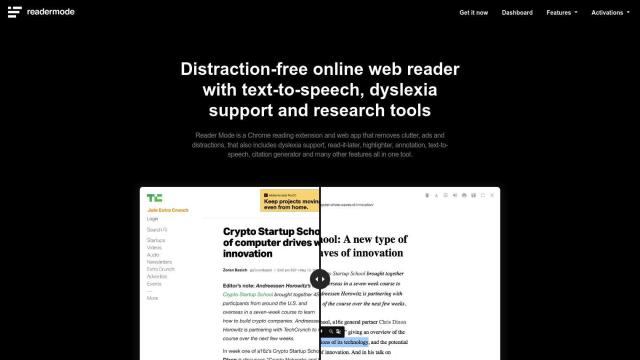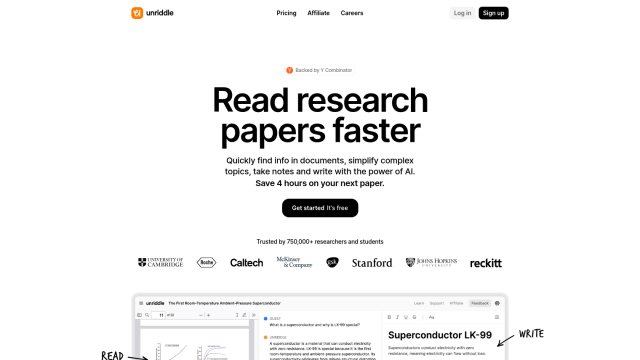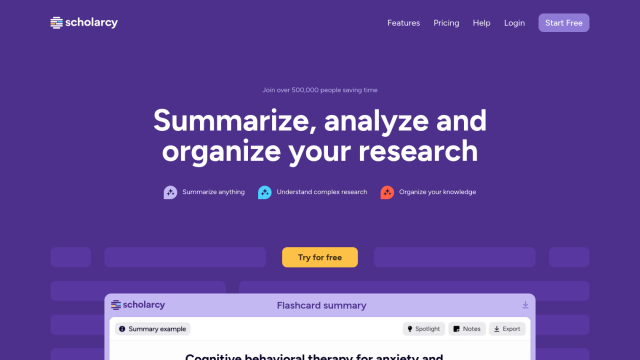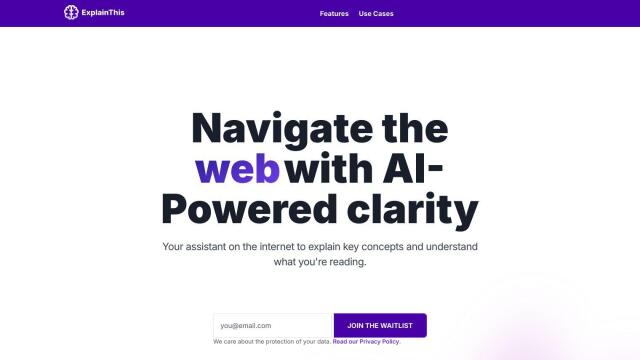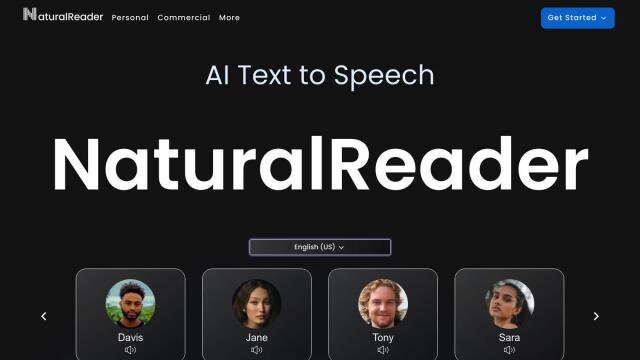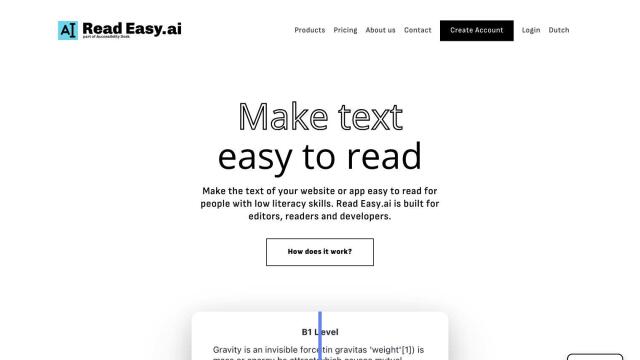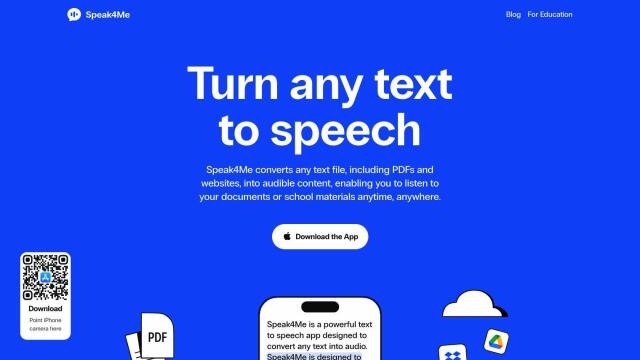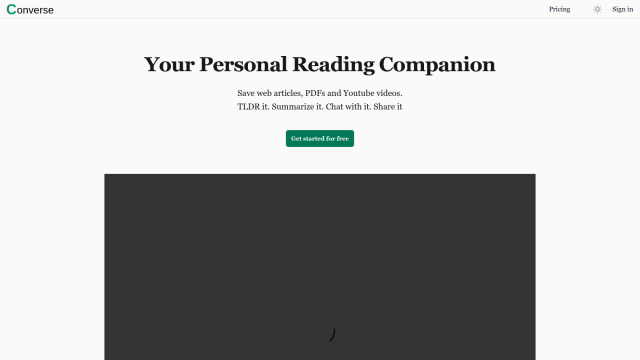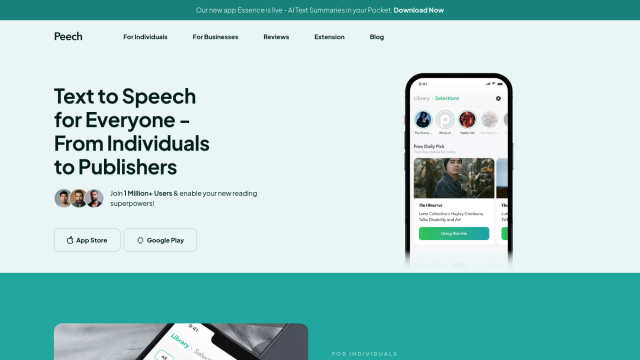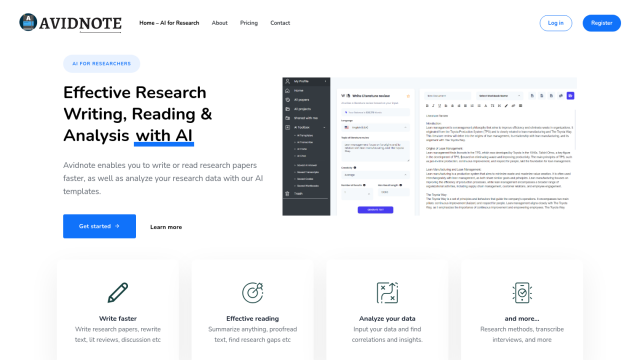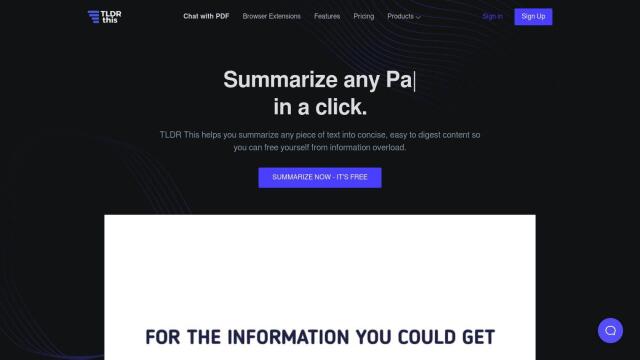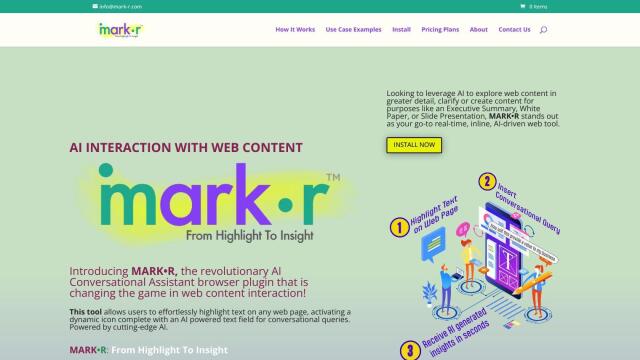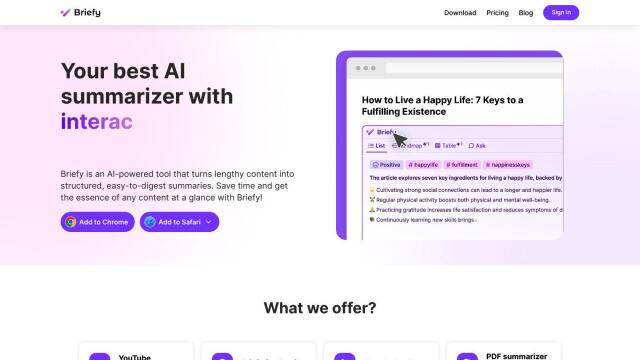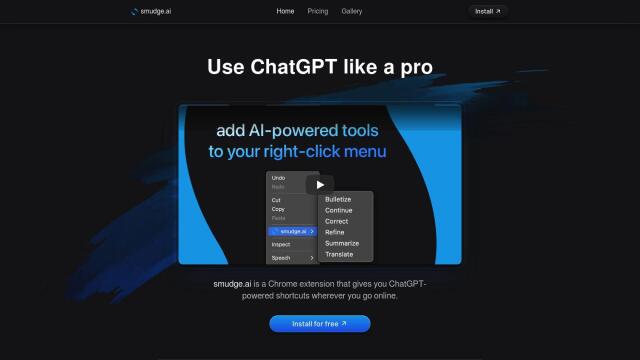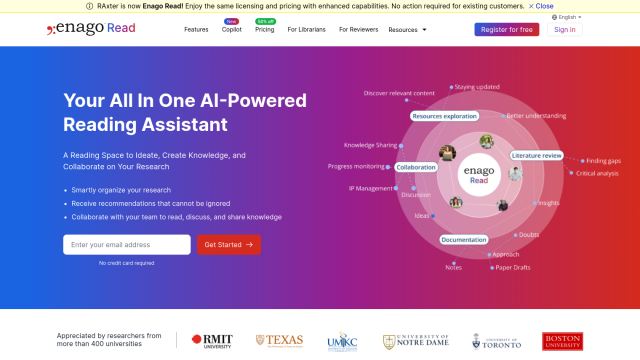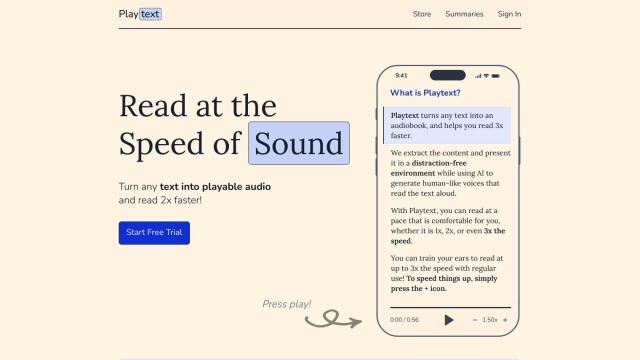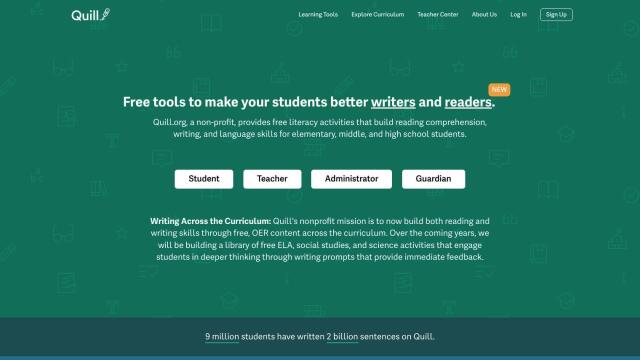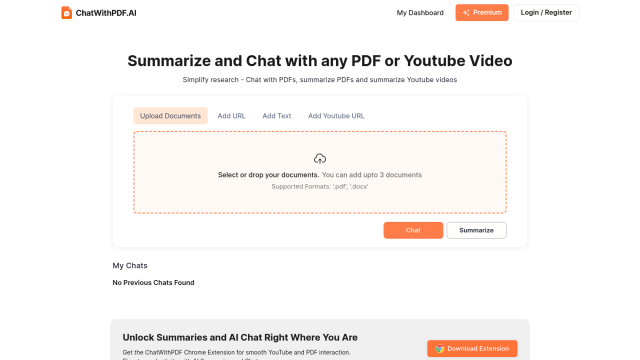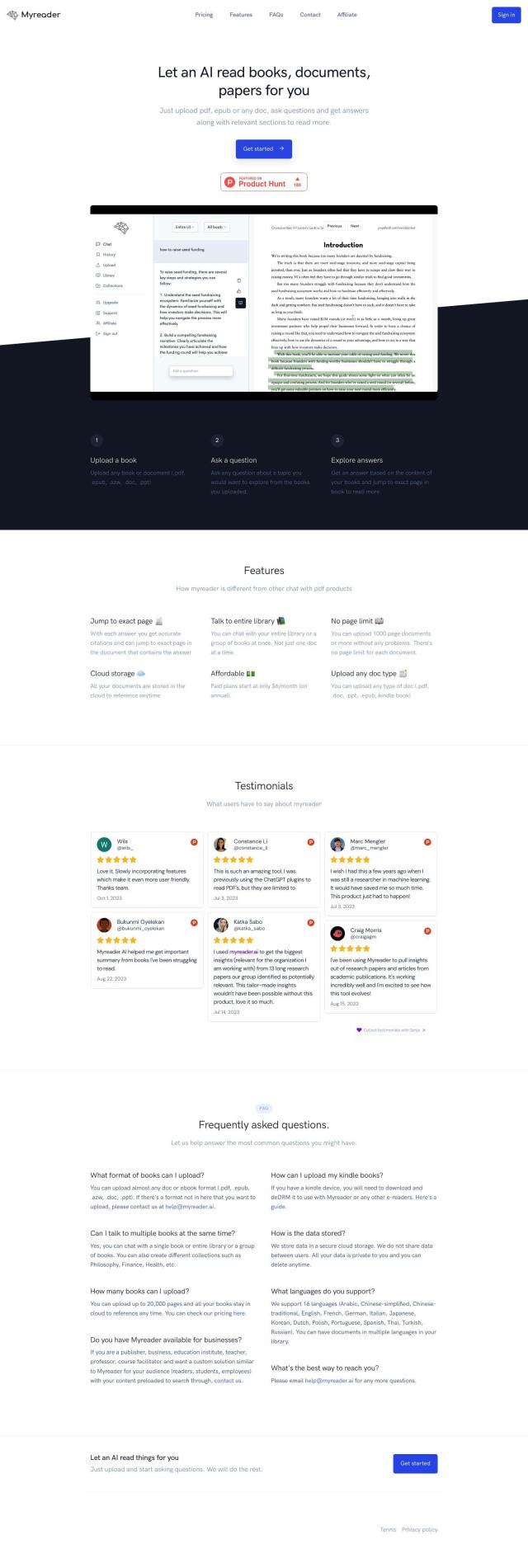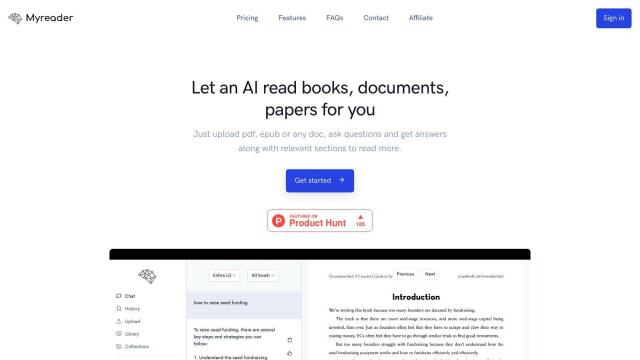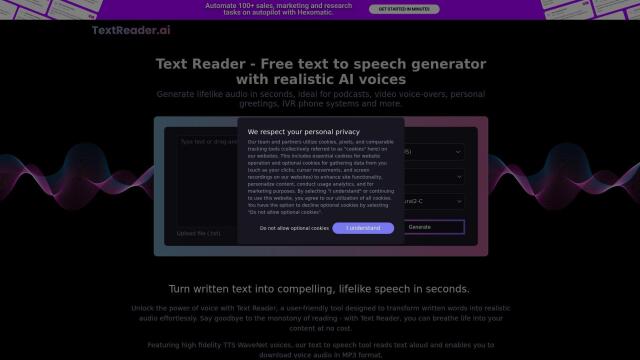
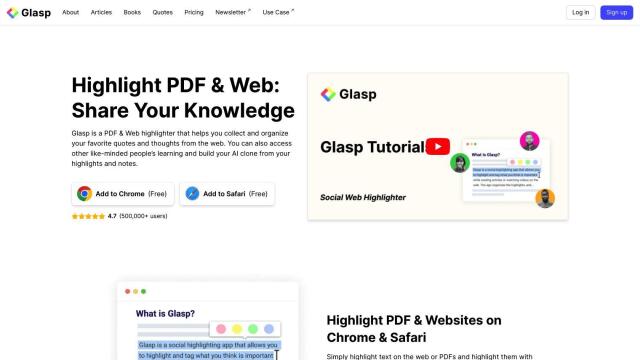
Glasp
If you're looking for something to replace Reader Mode, Glasp is another contender. Glasp is a web-based and PDF highlighting and note-taking tool that lets you collect, organize and share your favorite passages and ideas from the web. It lets you highlight and annotate websites and PDFs, organize and tag your highlights and notes, and export to other note-taking apps and formats. Glasp also has AI for summarizing web pages, PDFs and YouTube videos, which makes it a good tool for researchers, students and lifelong learners.

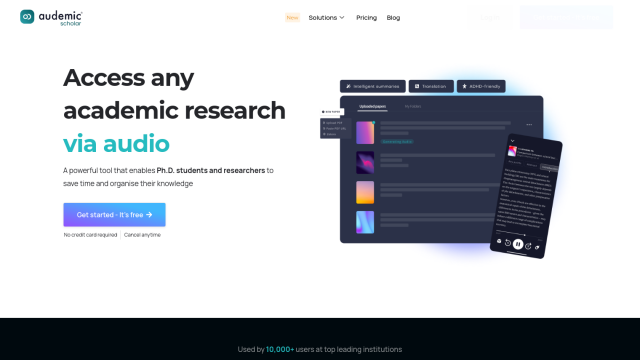
Audemic Scholar
Another good contender is Audemic Scholar. It turns ordinary research PDFs into an interactive and accessible format for reading and listening, a good option for Ph.D. students and researchers. You can upload academic papers, listen to the whole thing or just key passages, and add highlighting and note-taking abilities. It also offers natural voices, language translation, playback speed control and accessibility options like dyslexic font support to make complex information more accessible and engaging.

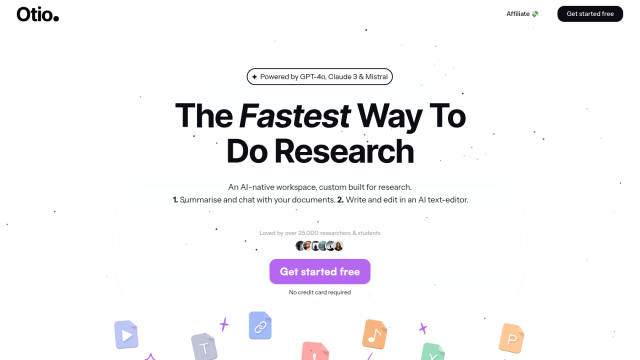
Otio
If you want a more AI-native environment, check out Otio. Otio is a suite of tools to help you learn and write by summarizing and conversing with your documents using AI models like GPT-4o and Claude 3. It supports more than 20 languages and has features like automatic summarization, AI-assisted text editing and automatic tagging and organization of documents. It's good for researchers, students and analysts who need to reduce reading and document organization.


ReadSpeaker
If you're looking for text-to-speech functionality, ReadSpeaker is a powerful option. It offers customizable brand voices, support for multiple languages, simultaneous highlighting and personalization options. With its text-to-speech technology, ReadSpeaker can improve user engagement and accessibility, which is particularly useful for people with literacy challenges, learning difficulties, low vision and language learners.

